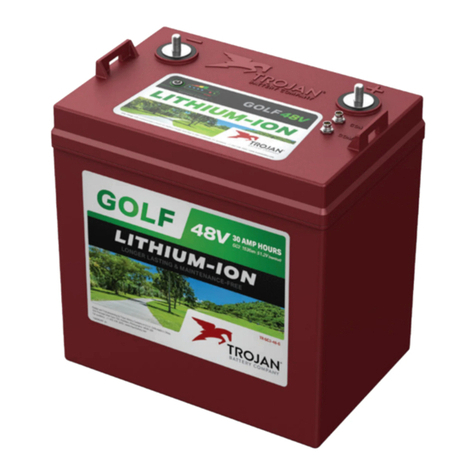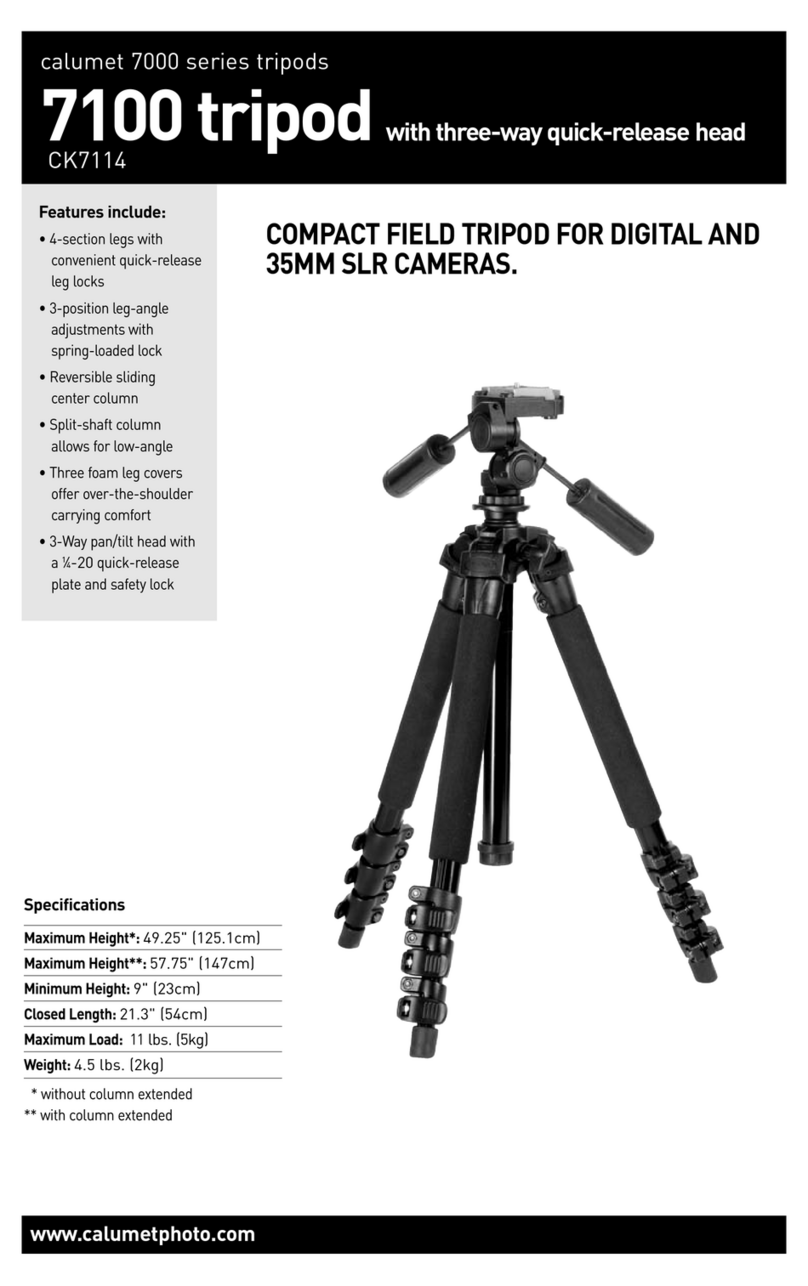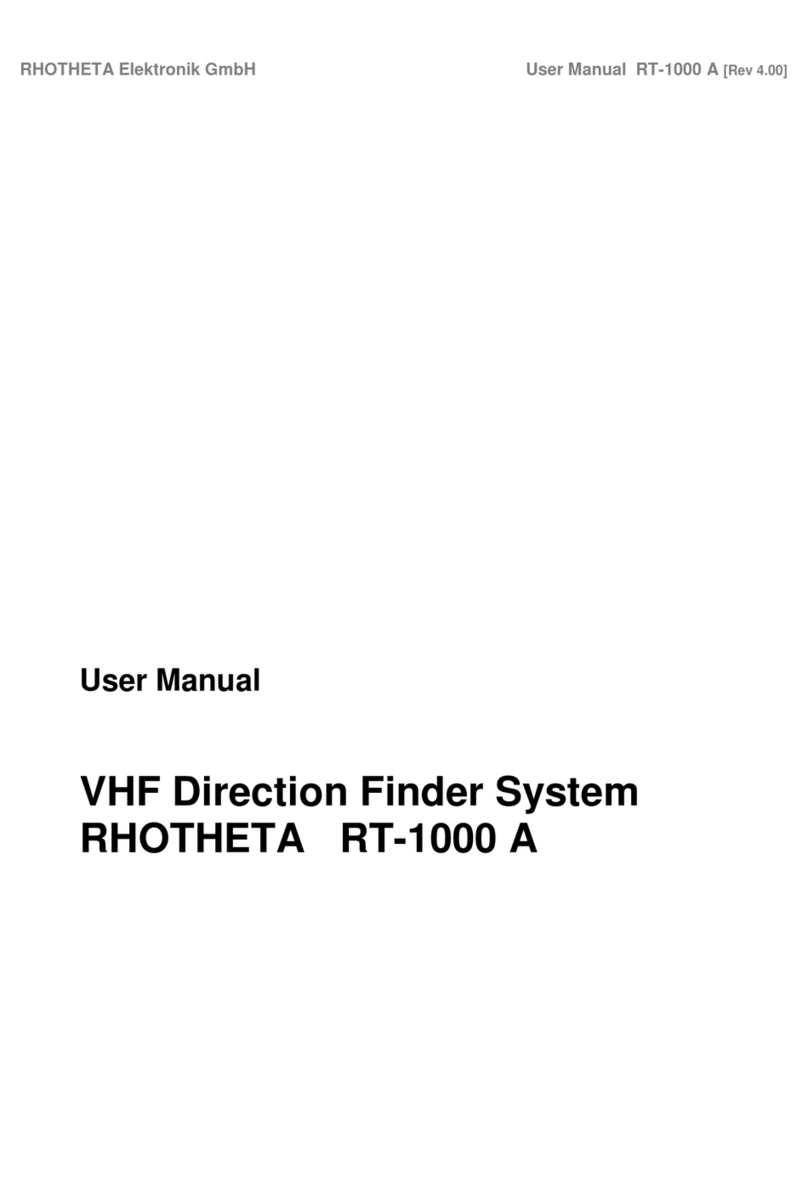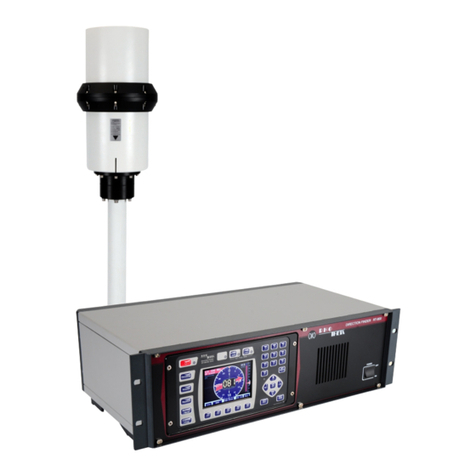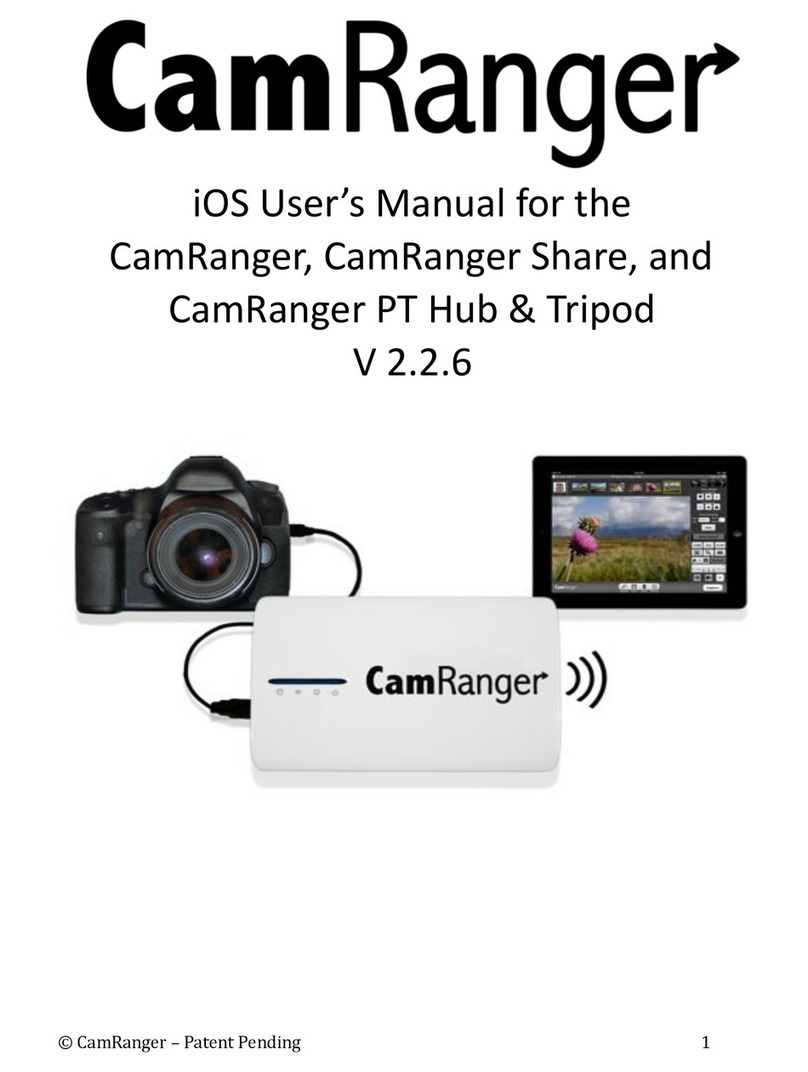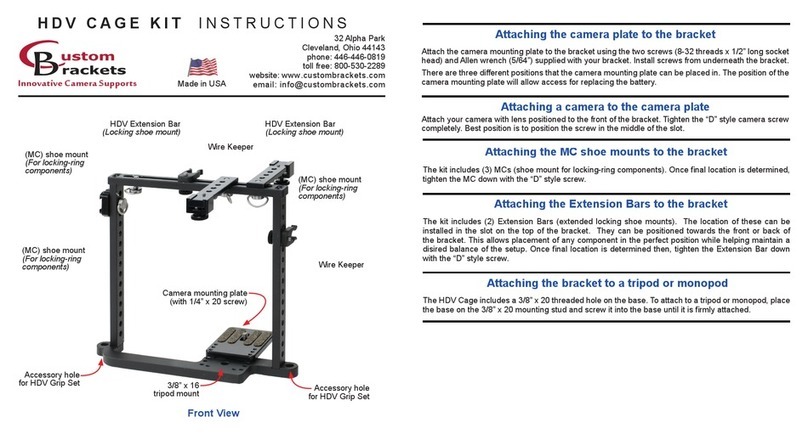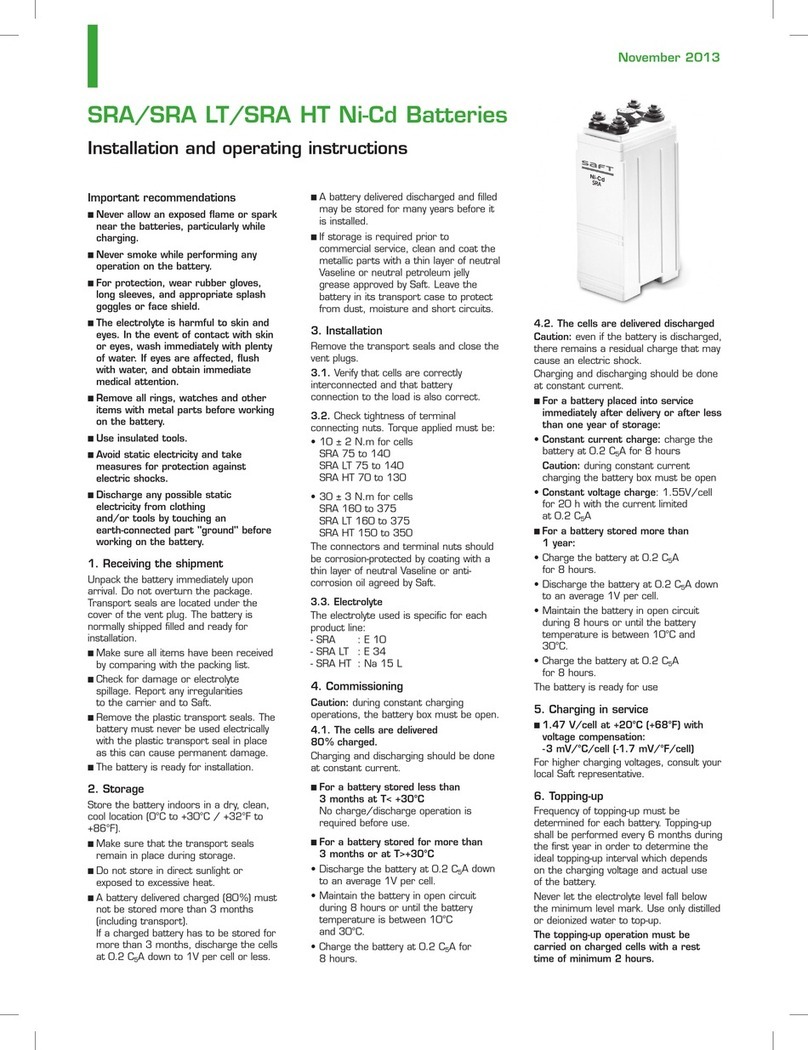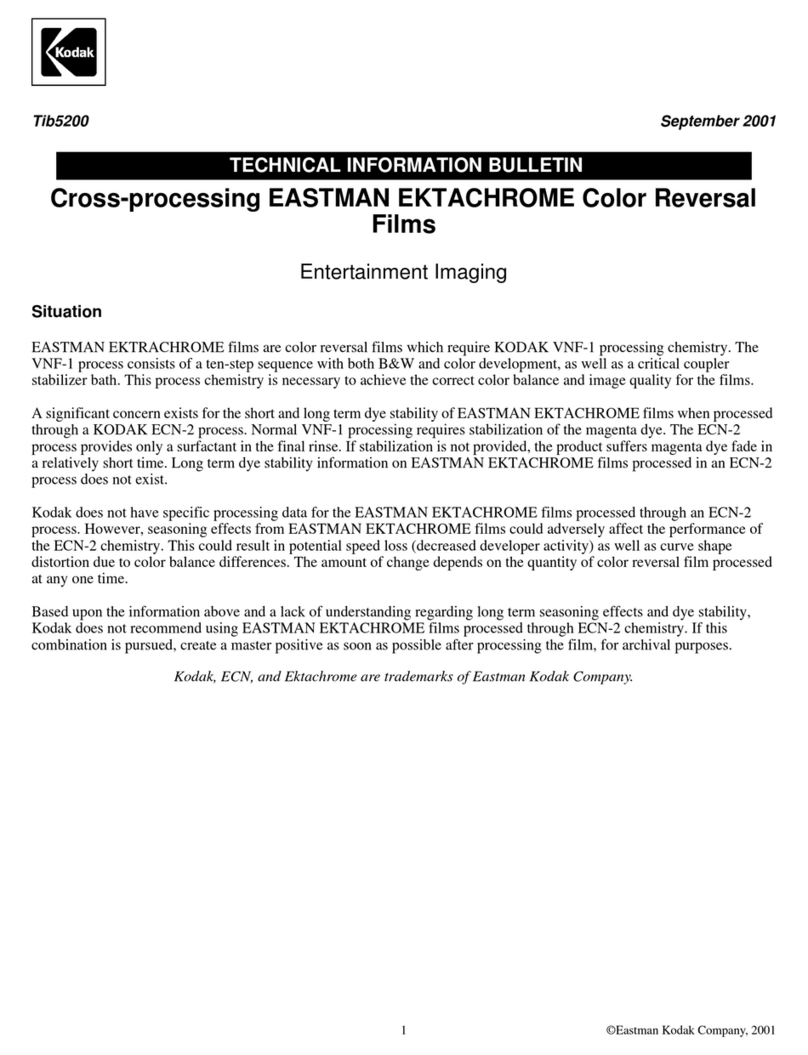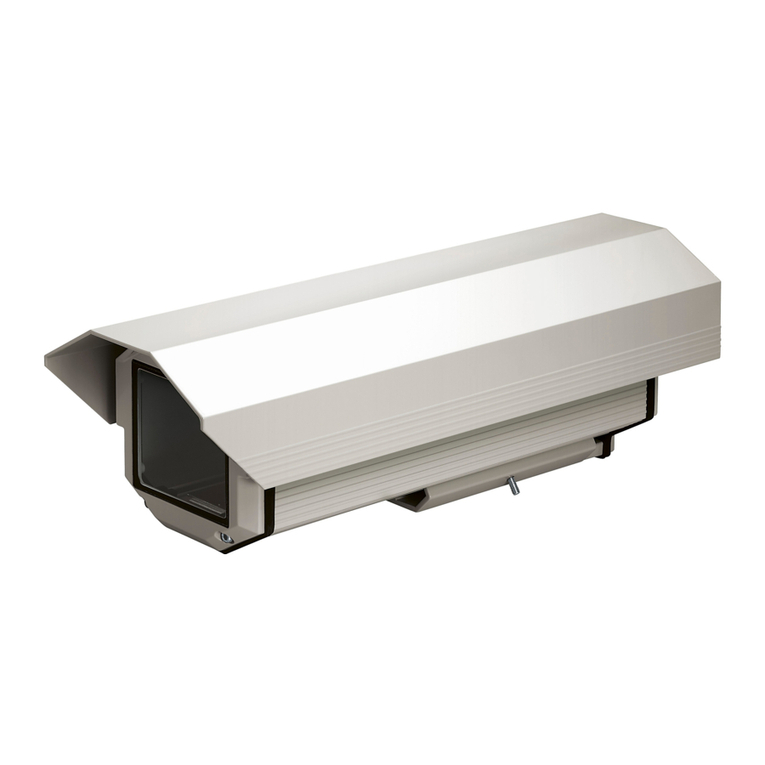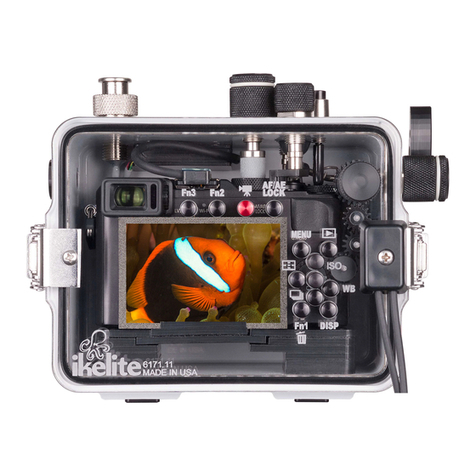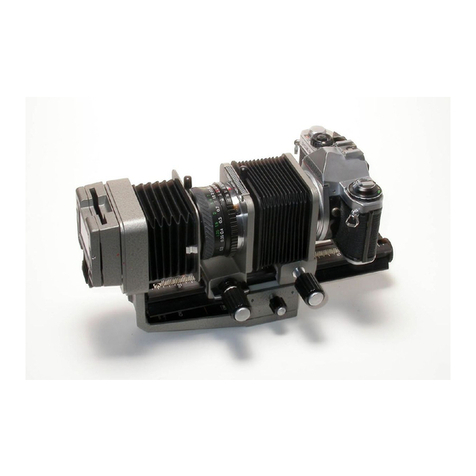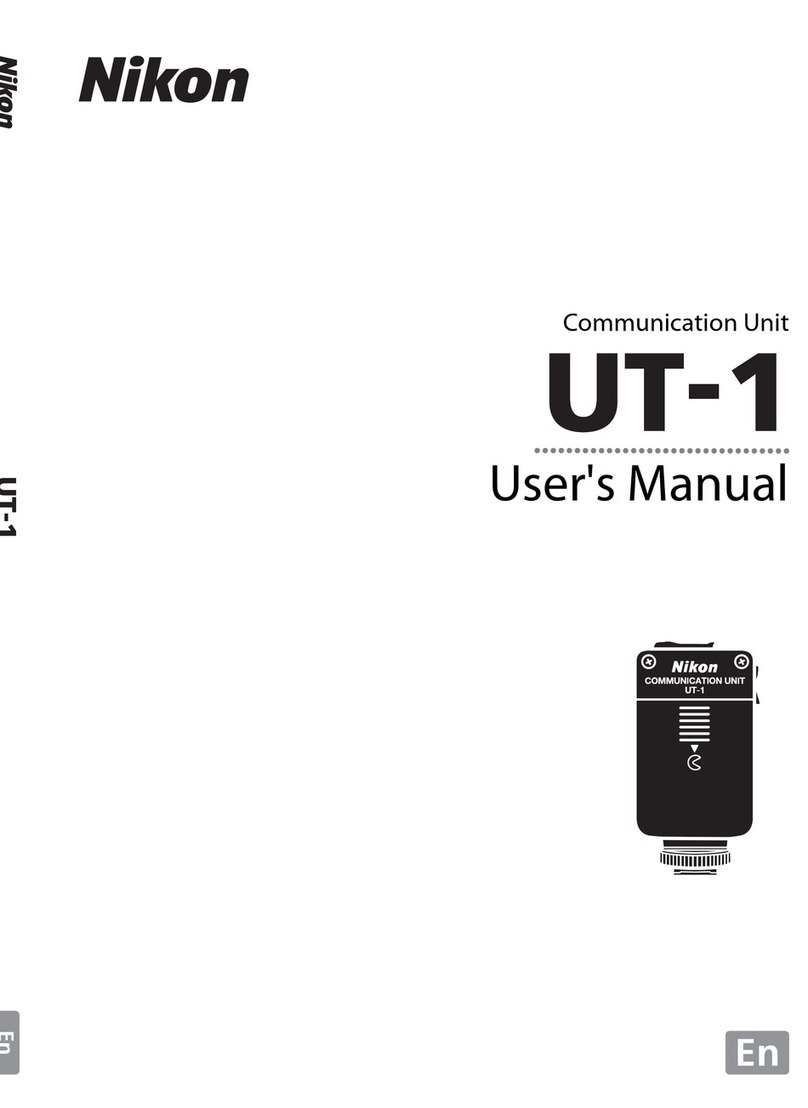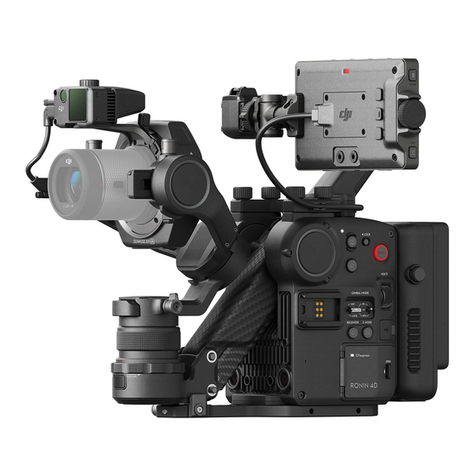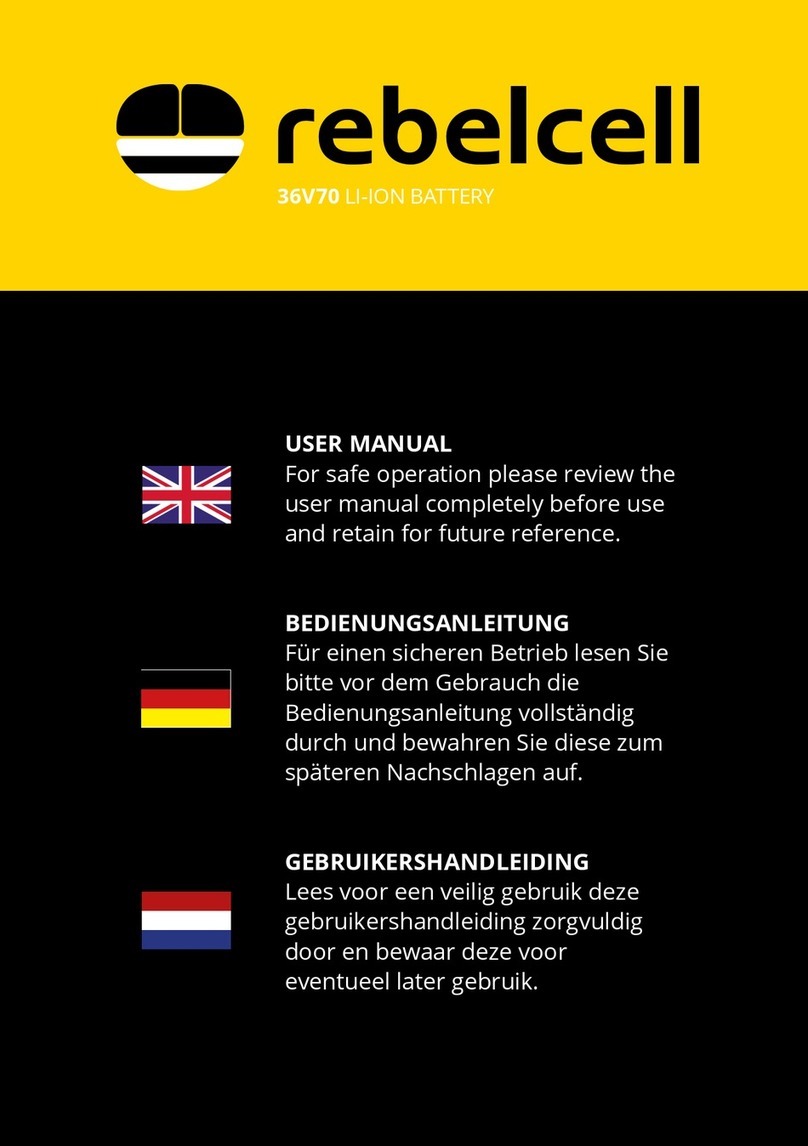
User manual: Installation and Operation of Direction Finder System RHOTHETA RT-600 / SAR-DF 517
- 3 -
Index
1GENERAL INFORMATION................................................................................................................................5
1.1 Purpose of use of the direction finder.........................................................................................................5
1.2 Scope of delivery ........................................................................................................................................6
1.3 Important basic adjustments.......................................................................................................................6
2OPERATING ......................................................................................................................................................7
2.1 General Operating Principles......................................................................................................................7
2.1.1 Power-On procedure........................................................................................................................8
2.1.2 Main Pages Selection.......................................................................................................................9
2.1.3 Dimming function..............................................................................................................................9
2.1.4 Squelch Operation..........................................................................................................................10
2.2 Direction Finder Mode...............................................................................................................................12
2.2.1 Operating Elements in Bearing Mode.............................................................................................12
2.2.2 Standard Display in Bearing Mode.................................................................................................13
2.2.3 Special Options in COSPAS-SARSAT Bearing mode....................................................................14
2.2.4 COSPAS-SARSAT Decode Window..............................................................................................15
2.2.5 121.500 MHz bearing Window in COSPAS-SARSAT mode..........................................................16
2.2.6 COSPAS-SARSAT Scan Mode......................................................................................................16
2.2.7 Marine Ship Scan Mode.................................................................................................................17
2.3 Law Enforcement and Medical Operation.................................................................................................18
2.3.1 LoJack Pages.................................................................................................................................18
2.3.2 ETS Pages .....................................................................................................................................20
2.3.3 Med Track Pages ...........................................................................................................................20
2.3.4 Law Enforcement Scan Mode ........................................................................................................20
2.4 Frequency Selection Page........................................................................................................................21
2.4.1 Frequency Selection Page, Standard Version................................................................................21
2.4.2 Frequency Selection Page, Law Enforcement Version..................................................................22
2.5 Memory Page............................................................................................................................................22
2.6 Setup Page...............................................................................................................................................23
3ERROR MESSAGES .......................................................................................................................................25
4INSTALLATION ...............................................................................................................................................26
4.1 Antenna unit..............................................................................................................................................26
4.1.1 Influence of the antenna unit location and the environment on the bearing accuracy....................27
4.2 Display Control Unit ..................................................................................................................................29
4.3 Cable Connection / Wiring........................................................................................................................30
5TECHNICAL DATA..........................................................................................................................................31
5.1 Electric features........................................................................................................................................31
5.2 Interface....................................................................................................................................................32
5.3 Mechanical features..................................................................................................................................33
6APPENDIX .......................................................................................................................................................35
6.1 Frequencies of channels on maritime band..............................................................................................35
6.2 Serial interface data protocol (short description)......................................................................................36
6.2.1 General...........................................................................................................................................36
6.2.2 Serial standard output (protocol description)..................................................................................37
6.2.3 Optional extended serial output (protocol description)...................................................................39
6.2.4 Optional serial input (protocol description).....................................................................................41
